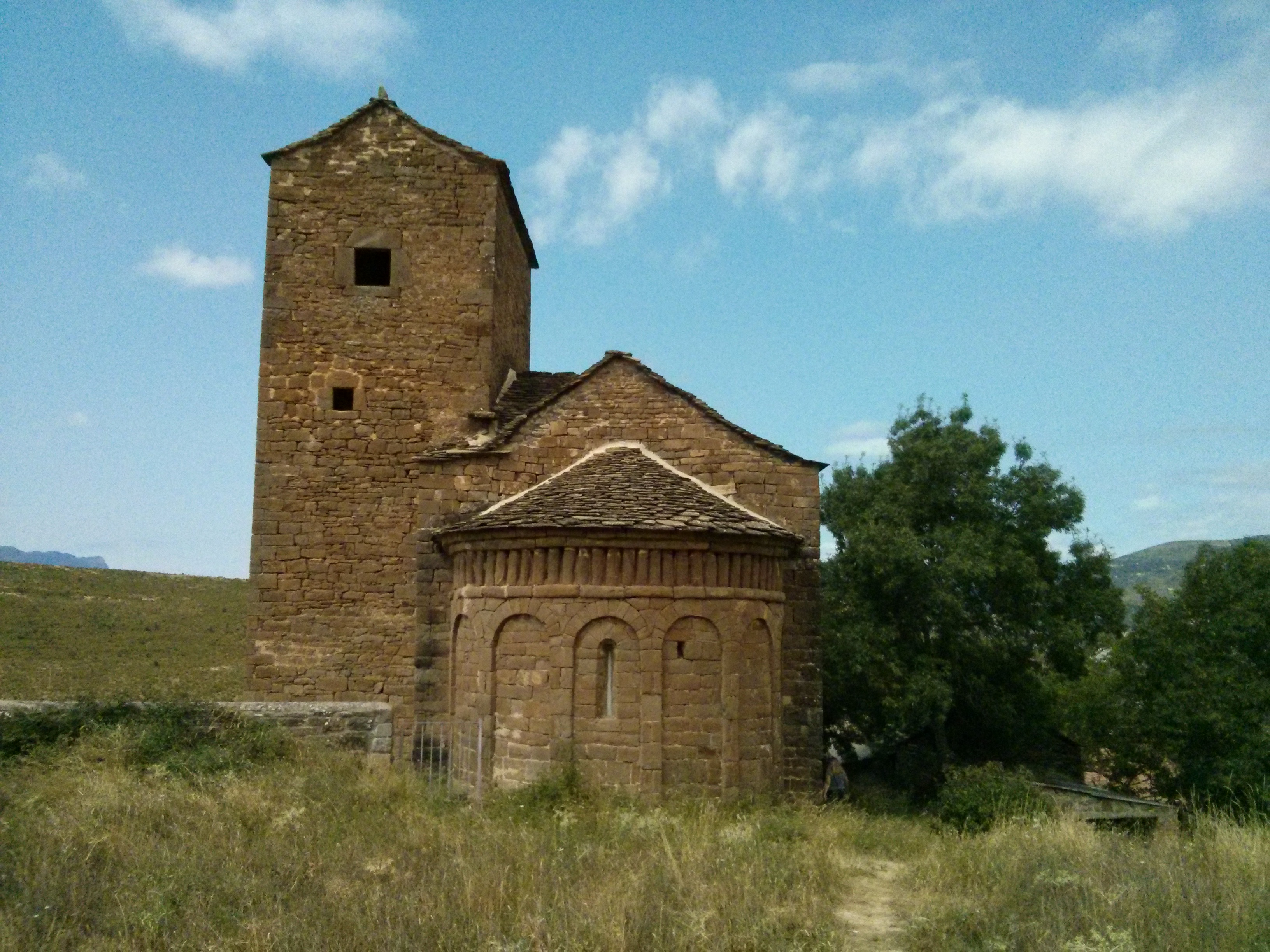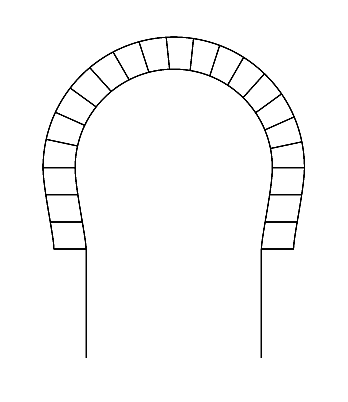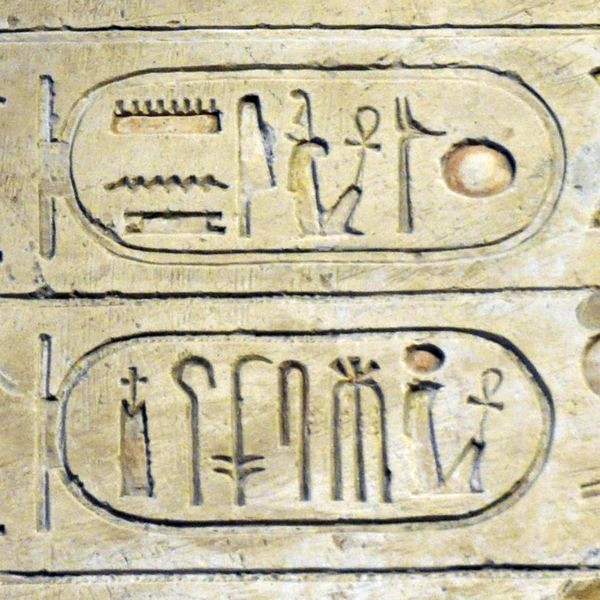|
Gavín
Gavín ( Aragonese: Gabín) is a Spanish locality situated in the municipality of Biescas. ( Alto Gállego, Huesca, Aragon). The locality is at 974 Metres in altitude and is located in the Tena Valley. Its name seems to come from the Latin anthroponym ''Gapius.'' Demography In 2019, the population of Gavín was 95, 5 less than the year before. From 2000 to 2019 the population had an increase of 21 people. The peak population of 103 was reached in 2017. Historic Buildings Church of Saint Bartholomew The Church of Saint Bartholomew forms part of the Serrablo churches, it uses early-Romanesque and Mozarabic design. The church was thought to have been built in the 10th or 11th century. The building has a nave finished off by an apse, a bell tower with Horseshoe arched windows. The church is located north-east of Gavín near the confluence of Saint Bartholomew and several ravines. Monastery of Saint Pelagius The Monastery of Saint Pelagius also forms part of the ... [...More Info...] [...Related Items...] OR: [Wikipedia] [Google] [Baidu] |
Serrablo Churches
The Serrablo Churches (Spanish: Iglesias del Serrablo) ( Aragonese: Ilesias de Sarrablo) are a group of early-romanesque and mozarabic churches located in small villages of Alto Gállego (Huesca, Aragon, Spain). The churches are thought to have been built by the mozarabic presence in the area between the 10th and 11th century, a time in which Serrablo was bordered by the moorish state of Al-Andalus. These churches (as identified by the regional comarca) are: ''San Bartolomé de Gavín, Santa Eulalia de Susín, San Pedro de Larrade, San Andrés de Satue, San Juan de Orús, San Pedro de Lasieso, San Juan de Busa, Santa Eulalia de Orós Bajo, San Martín de Olivan, Santa María de Isún de Basa, San Juan y Santa María Espierre, San Martín de Ordovés, San Miguel de Orna, Monasterio de San Pelay, Iglesia de los Santos Reyes de Javierrelatre y San Miguel de Latre, San Salvador de Basarán.'' Architectural Features The churches share many notable features, most of them (with ... [...More Info...] [...Related Items...] OR: [Wikipedia] [Google] [Baidu] |
Biescas
Biescas () is a municipality of northeastern Spain close to the border with France, in the midst of the Pyrenees in the province of Huesca. The name seems to provide from the term ''bizka'', which means "hill" in a Proto-Indo-European language. The town of Biescas is located at 875 meters altitude on the banks of the Gállego river. The municipality extends along a small plain and includes the canyon to access to the Tena Valley. At 72 km north of the main city Huesca, Biescas is a communication hub between the regions of Jacetania and Sobrarbe. The town is strategically located to crossing the Gállego river, as a link between the valleys of Tena and Ara. Demography and population entities The municipality extends over an area of 189.09 km2. Distributing the town main parallel to the river, with two areas of different altitude delimiting two historic districts: to the west, the district of San Pedro, which includes an area for expansion and new constructions, and easte ... [...More Info...] [...Related Items...] OR: [Wikipedia] [Google] [Baidu] |
Autonomous Region
An autonomous administrative division (also referred to as an autonomous area, entity, unit, region, subdivision, or territory) is a subnational administrative division or internal territory of a sovereign state that has a degree of autonomy— self-governance—under the national government. Autonomous areas are distinct from the constituent units of a federation (e.g. a state, or province) in that they possess unique powers for their given circumstances. Typically, it is either geographically distinct from the rest of the state or populated by a national minority. Decentralization of self-governing powers and functions to such divisions is a way for a national government to try to increase democratic participation or administrative efficiency or to defuse internal conflicts. States that include autonomous areas may be federacies, federations, or confederations. Autonomous areas can be divided into territorial autonomies, subregional territorial autonomies, and local autonomie ... [...More Info...] [...Related Items...] OR: [Wikipedia] [Google] [Baidu] |
Confluence
In geography, a confluence (also: ''conflux'') occurs where two or more flowing bodies of water join to form a single channel. A confluence can occur in several configurations: at the point where a tributary joins a larger river (main stem); or where two streams meet to become the source of a river of a new name (such as the confluence of the Monongahela and Allegheny rivers at Pittsburgh, forming the Ohio); or where two separated channels of a river (forming a river island) rejoin at the downstream end. Scientific study of confluences Confluences are studied in a variety of sciences. Hydrology studies the characteristic flow patterns of confluences and how they give rise to patterns of erosion, bars, and scour pools. The water flows and their consequences are often studied with mathematical models. Confluences are relevant to the distribution of living organisms (i.e., ecology) as well; "the general pattern ownstream of confluencesof increasing stream flow and decreasing s ... [...More Info...] [...Related Items...] OR: [Wikipedia] [Google] [Baidu] |
Horseshoe Arch
The horseshoe arch (; Spanish: "arco de herradura"), also called the Moorish arch and the keyhole arch, is an emblematic arch of Islamic architecture, especially Moorish architecture. Horseshoe arches can take rounded, pointed or lobed form. History Origins and early uses The origins of the horseshoe arch are controversial. It appeared in pre-Islamic Sasanian architecture such as the Taq-i Kasra in present-day Iraq and the Palace of Ardashir in southwestern Iran (3rd century CE). It also appeared in Late Roman or Byzantine architecture in pre-Islamic Syria, where the form was used in the Baptistery of Saint Jacob at Nusaybin (4th century CE) and in Qasr Ibn Wardan (564 CE). However, the horseshoe arch allowed more height than the classical (semi-circular) arch as well as better aesthetic and decorative use. Muslims used this arch to develop their famous ultra-semicircular arch, around which the whole of Islamic architecture evolved, thus more likely suggesting that the hor ... [...More Info...] [...Related Items...] OR: [Wikipedia] [Google] [Baidu] |
Bell Tower
A bell tower is a tower that contains one or more bells, or that is designed to hold bells even if it has none. Such a tower commonly serves as part of a Christian church, and will contain church bells, but there are also many secular bell towers, often part of a municipal building, an educational establishment, or a tower built specifically to house a carillon. Church bell towers often incorporate clocks, and secular towers usually do, as a public service. The term campanile (, also , ), deriving from the Italian ''campanile'', which in turn derives from ''campana'', meaning "bell", is synonymous with ''bell tower''; though in English usage campanile tends to be used to refer to a free standing bell tower. A bell tower may also in some traditions be called a belfry, though this term may also refer specifically to the substructure that houses the bells and the ringers rather than the complete tower. The tallest free-standing bell tower in the world, high, is the Mortegliano B ... [...More Info...] [...Related Items...] OR: [Wikipedia] [Google] [Baidu] |
Apse
In architecture, an apse (plural apses; from Latin 'arch, vault' from Ancient Greek 'arch'; sometimes written apsis, plural apsides) is a semicircular recess covered with a hemispherical vault or semi-dome, also known as an ''exedra''. In Byzantine, Romanesque, and Gothic Christian church (including cathedral and abbey) architecture, the term is applied to a semi-circular or polygonal termination of the main building at the liturgical east end (where the altar is), regardless of the shape of the roof, which may be flat, sloping, domed, or hemispherical. Smaller apses are found elsewhere, especially in shrines. Definition An apse is a semicircular recess, often covered with a hemispherical vault. Commonly, the apse of a church, cathedral or basilica is the semicircular or polygonal termination to the choir or sanctuary, or sometimes at the end of an aisle. Smaller apses are sometimes built in other parts of the church, especially for reliquaries or shrines of saints. Hi ... [...More Info...] [...Related Items...] OR: [Wikipedia] [Google] [Baidu] |
Nave
The nave () is the central part of a church, stretching from the (normally western) main entrance or rear wall, to the transepts, or in a church without transepts, to the chancel. When a church contains side aisles, as in a basilica-type building, the strict definition of the term "nave" is restricted to the central aisle. In a broader, more colloquial sense, the nave includes all areas available for the lay worshippers, including the side-aisles and transepts.Cram, Ralph Adams Nave The Catholic Encyclopedia. Vol. 10. New York: Robert Appleton Company, 1911. Accessed 13 July 2018 Either way, the nave is distinct from the area reserved for the choir and clergy. Description The nave extends from the entry—which may have a separate vestibule (the narthex)—to the chancel and may be flanked by lower side-aisles separated from the nave by an arcade. If the aisles are high and of a width comparable to the central nave, the structure is sometimes said to have three naves. ... [...More Info...] [...Related Items...] OR: [Wikipedia] [Google] [Baidu] |
10th Century
The 10th century was the period from 901 ( CMI) through 1000 ( M) in accordance with the Julian calendar, and the last century of the 1st millennium. In China the Song dynasty was established. The Muslim World experienced a cultural zenith, especially in al-Andalus under the Caliphate of Córdoba and in the Samanid Empire under Ismail Samani. Additionally, there was a cultural flourishing for the Byzantine Empire and the First Bulgarian Empire. The Medievalist and historian of technology Lynn White said that "to the modern eye, it is very nearly the darkest of the Dark Ages ... if it was dark, it was the darkness of the womb". Similarly, Helen Waddell wrote that the 10th century was that which "in the textbooks disputes with the seventh the bad eminence, the nadir of the human intellect". Caesar Baronius famously described it as the Iron Century, because it was ‘iron in its harshness and in its sterility of goodness', while Lorenzo Valla gave it the similar name "Age of L ... [...More Info...] [...Related Items...] OR: [Wikipedia] [Google] [Baidu] |
Mozarabic Art And Architecture
Mozarabic art refers to art of Mozarabs (from ''musta'rab'' meaning “Arabized”), Iberian Christians living in Al-Andalus, the Muslim conquered territories in the period that comprises from the Arab invasion of the Iberian Peninsula (711) to the end of the 11th century, adopted some Arab customs without converting to Islam, preserving their religion and some ecclesiastical and judicial autonomy. Formerly used for the whole of the Iberian peninsula, the term is now usually restricted, at least in architecture, to the south, with Repoblación art and architecture used for the north. Art The Mozarabic communities maintained some of the Visigothic churches that were older than the Arab occupation for the practice of their religious rites and were rarely able to build new ones, because, even though a certain religious tolerance existed, the authorizations for building new churches were very limited. When permitted, new churches were always in rural areas or in the cities' suburbs, ... [...More Info...] [...Related Items...] OR: [Wikipedia] [Google] [Baidu] |
Early Romanesque
Romanesque architecture is an architectural style of medieval Europe characterized by semi-circular arches. There is no consensus for the beginning date of the Romanesque style, with proposals ranging from the 6th to the 11th century, this later date being the most commonly held. In the 12th century it developed into the Gothic style, marked by pointed arches. Examples of Romanesque architecture can be found across the continent, making it the first pan-European architectural style since Imperial Roman architecture. The Romanesque style in England and Sicily is traditionally referred to as Norman architecture. Combining features of ancient Roman and Byzantine buildings and other local traditions, Romanesque architecture is known by its massive quality, thick walls, round arches, sturdy pillars, barrel vaults, large towers and decorative arcading. Each building has clearly defined forms, frequently of very regular, symmetrical plan; the overall appearance is one of simplicity ... [...More Info...] [...Related Items...] OR: [Wikipedia] [Google] [Baidu] |
Anthroponymy
Anthroponymy (also anthroponymics or anthroponomastics, from Ancient Greek ἄνθρωπος ''anthrōpos'' / 'human', and ὄνομα ''onoma'' / 'name') is the study of ''anthroponyms'', the proper names of human beings, both individual and collective. Anthroponymy is a branch of onomastics. Researchers in the field of anthroponymy are called ''anthroponymists''. Since the study of anthroponyms is relevant for several other disciplines within social sciences and humanities, experts from those disciplines engage in anthroponymic studies, including researchers from the fields of anthropology, history, human geography, sociology, prosopography, and genealogy. Anthroponymists are required to follow certain principles, rules and criteria when researching anthroponyms. The methods used for research are divided into two major categories: the collecting of anthroponymic information and the analysis and interpretation of anthroponyms. The collection of anthroponymic information include ... [...More Info...] [...Related Items...] OR: [Wikipedia] [Google] [Baidu] |

.jpg)





